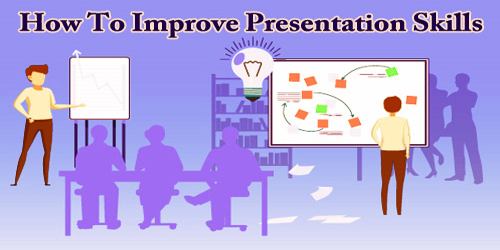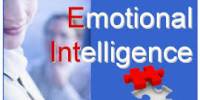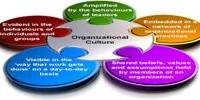In many professional contexts, presentation skills can help workers/employees excel, including interviews, meetings, networking activities, staff training activities, and more. Good presentations and public-speaking skills are important to a community of people in business, sales and distribution, training, teaching, lecturing, and generally feeling comfortable talking to. Developing good presentation and facilitation skills help make meetings shorter, more productive, and more effective.
Presentation skills and public speaking abilities are not restricted to particular individuals who can give a good presentation or achieve a competent and outstanding level of public speaking. Developing strong presentation skills calls for hard work and commitment.
To improve our presentation skills, we must:
Clearly the first thing we need to do is to plan for our presentation if we want to ‘wow’ our audience. The devil’s in the details, as the saying goes. When we’re not getting all the information straightened out, otherwise we’ll consider it an uphill struggle to succeed.
This will help us to better understand the audience’s traits before presenting. We can then build messages which our target audience can understand better. For example, we should incorporate more statistics and figures in our analysis in the case of an objective audience.
Seek to plan where our talk will be delivered. Many acting strategists recommend rehearsing lines standing up in different ways, sitting down, arms spread wide, on one knee, sitting on the toilet, etc. The more that we mix our position and environment together, the more relaxed we feel with our voice. Do a practice run an acquaintance or colleague, or try recording our presentation and playing it back to evaluate which areas need work.
The best way to do that is to start asking the audience what we are going to be discussing in the introduction. Follow this by bringing forth the proposal, and finish the presentation by repeating the key points.
Try to attend a number of the sooner talks by other presenters to scope out their presentation skills and obtain some context. This shows respect for our fellow presenters while also giving us an opportunity to check out the audience. Another speaker may say something that we are able to confront of later in our own presentation.
Another potential purpose for our presentation is to encourage the audience and empower them to do something. Sometimes, these presentations can become incredibly personal, and it’s easy to get emotional and passionate about our subject.
Rehearsals that our anxiety and make us look relaxed on the day of the presentation. Make sure we practice loud because this helps us to more easily detect and avoid errors.
Make sure that we invest some in the room where we are going to give our presentation. Work with the microphone and lighting if necessary, make sure that we understand the seating and are mindful of any disruptions the venue can pose. Finding common ground between us and our audience will help our present content that everyone will find enjoyable.
It is important to address just the key points when we arrive at the main body. We don’t want our viewers to be disappointed with all the little details. Send the most relevant things and use sub-points to explain what’s going on in each key object.
Using examples or tell stories for any one of our main presentation points. This way, it is easier for our public to maintain details. If we need to include charts and graphs, note that in our description, but notice that only the most important ones should be used.
The formats and aims of the presentations would be very different, for example: oral (spoken), interactive (using various media-graphics, audio, etc), PowerPoint presentations, short impromptu presentations, long-planned presentations, educational or training sessions, seminars, and simply giving a chat on a subject matter to a bunch on a voluntary basis for pleasure.
Smiling raises endorphins, replaces fear with calmness, and makes our performance feel good. Smiling, too, gives the audience confidence and excitement. And that tip works even though we do a webinar and people are not able to see us. Summarize the key points we’ve been debating, and invite our audience to answer our call. To make our audience conscious that our presentation is over.
Information Sources:
















